Lincoln Police and the Nebraska State Patrol have linked fentanyl-laced cocaine that has led to multiple overdose deaths to the patrol’s own evidence locker, the agencies announced in a joint news conference Sept. 24, 2021.
With a couple dozen people watching, a federal judge scolded Anna Idigima, the one-time Nebraska State Patrol evidence technician who stole kilos of drugs awaiting destruction, before sentencing her to nearly 22 years in federal prison for it Wednesday.
“This case resulted in tremendous damage to not only the State Patrol, but to the criminal justice system. There were cases that were dismissed as a result of this,” Senior U.S. District Judge John Gerrard said.
People are also reading…
Idigima
And that’s not to mention the lives of those she wreaked havoc on, the judge said.
“And for what? A guy? A little bit of cash on the side? There just isn’t any reason that can explain this,” Gerrard said.
At a plea hearing in February, Idigima, 38, admitted she had used her access at the State Patrol to take off with a cache of drugs, including marijuana and cocaine laced with fentanyl, then conspired to sell it with George Weaver Jr., her boyfriend.
He is awaiting sentencing in October, after unsuccessfully trying to withdraw his guilty plea earlier this month.
After an unprecedented spate of overdoses in 2021, the Lincoln/Lancaster County Narcotics Task Force uncovered the plot, audited storage areas where Idigima had access and, among other things, found 154 pounds of marijuana, 19 pounds of cocaine and 6 pounds of fentanyl missing.
At the time, Idigima had been a State Patrol employee for more than a decade.
At Wednesday’s hearing, Assistant U.S. Attorney Sara Fullerton argued for a sentence at the top end of the guideline range for Idigima, saying she had used her position of trust and ultimately caused substantial harm to a number of people.
It led to the overdose of a Nebraska City couple at their home on Aug. 4, 2021, and to a man in Lincoln on Aug. 18. Two of the three had to be revived with CPR and all three needed Narcan, a drug that can reverse the effects of an opioid overdose, and were treated at hospitals in Lincoln and Omaha.
Fullerton said they very well could have died.
Idigima also caused an immense amount of harm and damage to the reputation of the State Patrol through her actions, the prosecutor said.
Defense attorney Jerry Hug said on the surface it doesn’t make any sense. She hadn’t really ever been in trouble. She was a mother of four. Had a successful career.
“And she threw it all away,” he said.
Hug referenced an evaluation and something that had occurred in Idigima’s life (detailed for the judge in the confidential pre-sentence report), saying it helped to get a little better picture of why she took this path. He didn’t elaborate in court.
And he conceded it didn’t justify what she’d done, and she knew what she was doing was wrong.
Fullerton said Idigima had made a choice to throw away her career and her relationship with family and friends because she wanted a relationship with Weaver.
“She threw everything away essentially for a guy,” Fullerton said. “She’s not the first woman ever in history to do that, and unfortunately she probably won’t be the last. But it was a choice she made and that’s what needs to be punished here.”
Before Gerrard would give her 21 years and 10 months in prison, Idigima offered an apology to the victims, her children, the community and the State Patrol for her “shameful actions.”
“I turned my back on everything that I had ever known, that I ever believed in. And it cost me my life, and left four children without a mother,” she said.
Idigima said there was no excuse for her actions. She took drugs from her job and sold them.
“I’m truly sorry for the harm I created,” she said, her voice breaking.
Idigima said she already was on a better path and would use her time in prison to reflect, heal and work on positive coping skills.
Then, Gerrard told her none of this would have happened without her.
“You were the catalyst in this entire matter,” the judge said. “It’s beyond reckless. This was either a huge moral failure … or it was horrendously poor judgment, or both.”
Because there is no parole in the federal system, Idigima will have to serve about 20 years more with credit for time served. Then, she will have five years on supervised release.
In the hallway after, a tearful woman hugged an investigator and thanked him.
25 most commonly used recreational drugs in America
America’s vices: Alcohol, tobacco and more

From alcohol to cigarettes, most adults have tried some form of recreational drug. Fewer people have experimented with prescription medication for recreational reasons, but certain areas of the country are experiencing a serious problem with opoid addiction. Other drugs like cocaine and LSD, are used sporadically among adults in the U.S.
Using data from the Substance Abuse and Mental Health Data Archive, the experts at HealthGrove, a health data site, ranked the 25 most commonly used recreational drugs. The substances are ordered by the increasing percentage of people age 12 and over who used the drug recreationally in 2015. In the case of a tie, the drug with a higher classification by the Drug Enforcement Administration (DEA) is ranked higher.
To collect this data, SAMHDA conducts the annual National Survey on Drug Use and Health, in which they record use of illicit drugs, alcohol and tobacco in the U.S. population aged 12 or older. It is important to note that this data only includes recreational use of drugs, not proper medical use.
Drugs that are legal, alcohol and tobacco, have the highest recreational use. According to the survey, nearly one in five people over the age of 12 also used marijuana in 2015. As the drug becomes legal in more states, recreational use is likely to increase. Other Schedule I drugs (drugs determined to have no medical benefit by the DEA) including heroin and DMT had a recreational prevalence rate of less than 1 percent in 2015.
Note: Not all images in slideshow depict the exact drugs.
#25. Ketamine
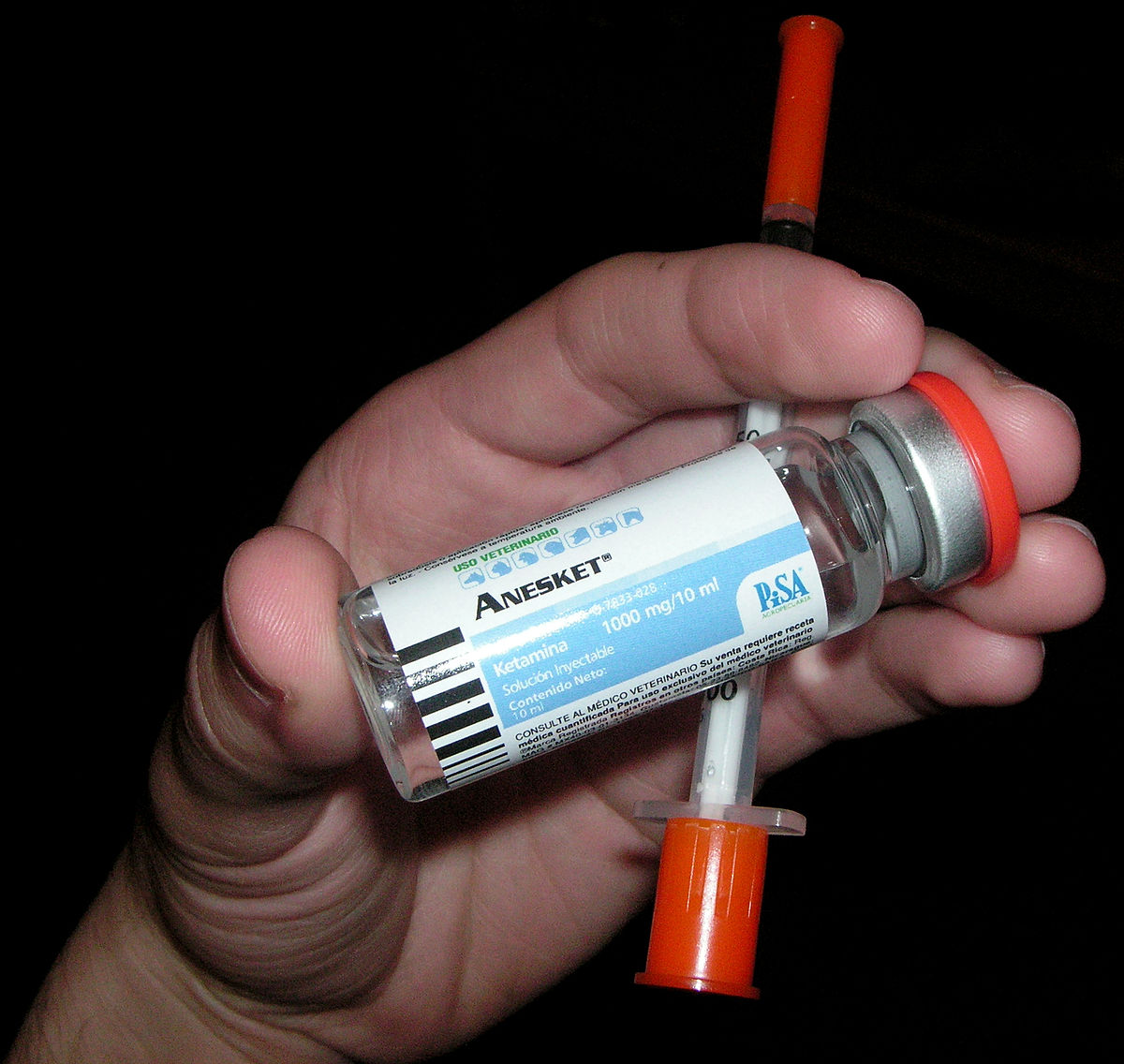
Recreational use prevalence (2015): 0.17 percent
Drug category: Hallucinogen
DEA Schedule: III
Common forms: Liquid, powder
#24. Oxymorphone

Recreational use prevalence (2015): 0.18 percent
Drug category: Opioid
DEA Schedule: II
Common forms: Tablet
#23. DMT

Recreational use prevalence (2015): 0.2 percent
Drug category: Hallucinogen
DEA Schedule: I
Common forms: Powder, crystal
#22. Carisoprodol (Soma)
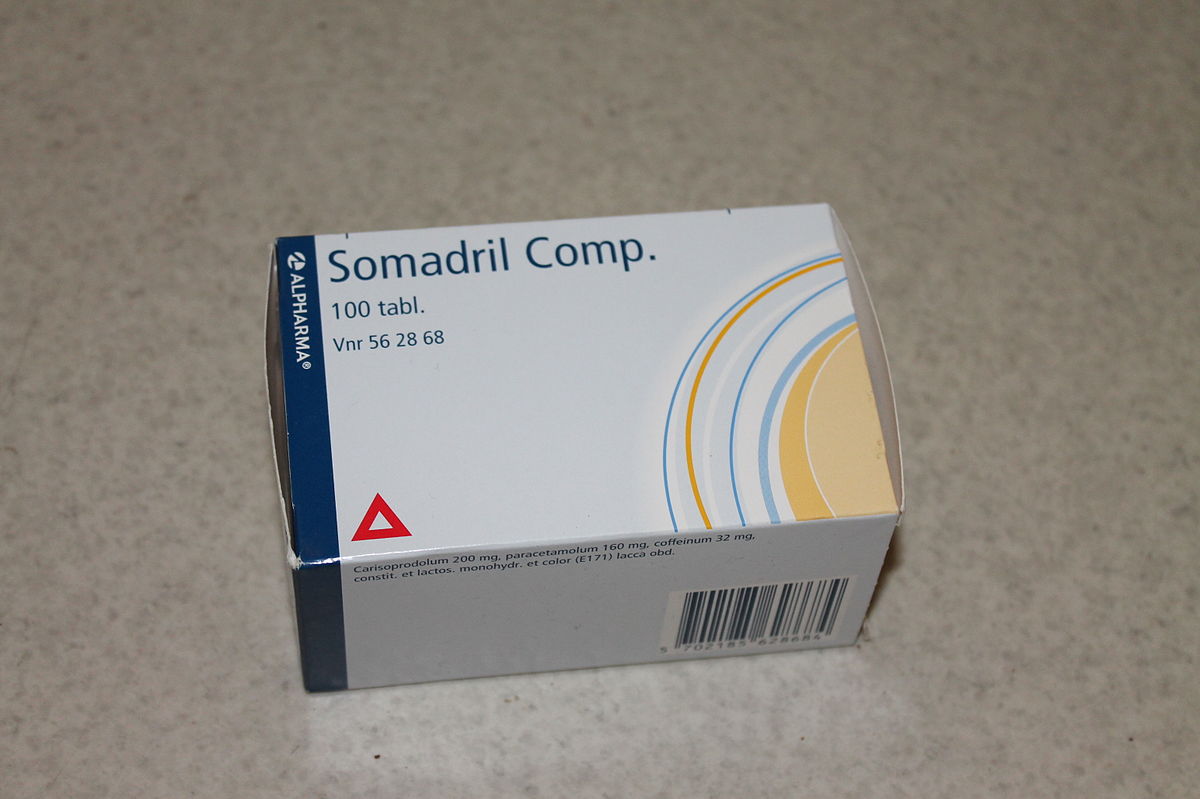
Recreational use prevalence (2015): 0.21 percent
Drug category: Tranquilzer
DEA Schedule: IV
Common forms: Pill
#21. Methadone

Recreational use prevalence (2015): 0.23 percent
Drug category: Opioid
DEA Schedule: II
Common forms: Tablet, dispersible tablet, liquid
#20. Lorazepam (Ativan)

Recreational use prevalence (2015): 0.33 percent
Drug category: Sedative
DEA Schedule: IV
Common forms: Pill, capsule, liquid
#19. Morphine

Recreational use prevalence (2015): 0.37 percent
Drug category: Opioid
DEA Schedule: II
Common forms: Tablet, liquid, capsule, suppository
#18. Buprenorphine

Recreational use prevalence (2015): 0.38 percent
Drug category: Opioid
DEA Schedule: III
Common forms: Pill
#17. Heroin
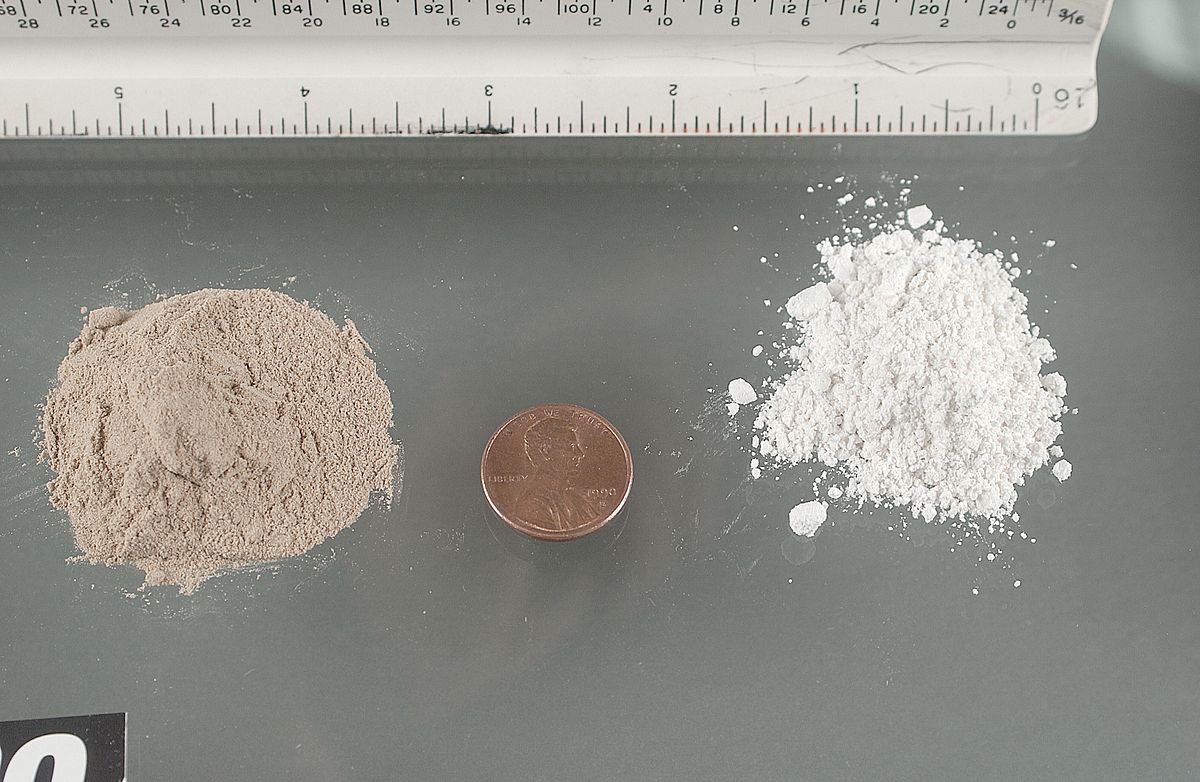
Recreational use prevalence (2015): 0.39 percent
Drug category: Opioid
DEA Schedule: I
Common forms: Powder, tar
#16. Zolpidem (Ambien)

Recreational use prevalence (2015): 0.45 percent
Drug category: Sedative
DEA Schedule: IV
Common forms: Pill, capsule, liquid
#15. Diazepam (Valium)

Recreational use prevalence (2015): 0.54 percent
Drug category: Tranquilzer
DEA Schedule: IV
Common forms: Pill, capsule, liquid
#14. Clonazepam (Klonopin)

Recreational use prevalence (2015): 0.6 percent
Drug category: Tranquilzer
DEA Schedule: IV
Common forms: Pill
#13. Methylphenidate (Ritalin)

Recreational use prevalence (2015): 0.61 percent
Drug category: Stimulant
DEA Schedule: II
Common forms: Liquid, tablet, capsule
#12. Methamphetamine

Recreational use prevalence (2015): 0.68 percent
Drug category: Stimulant
DEA Schedule: II
Common forms: Powder, pill, crystal
#11. Tramadol
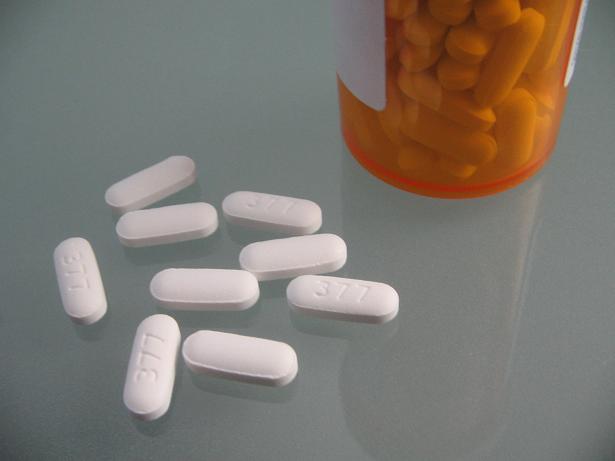
Recreational use prevalence (2015): 0.77 percent
Drug category: Opioid
DEA Schedule: IV
Common forms: Pill
#10. LSD
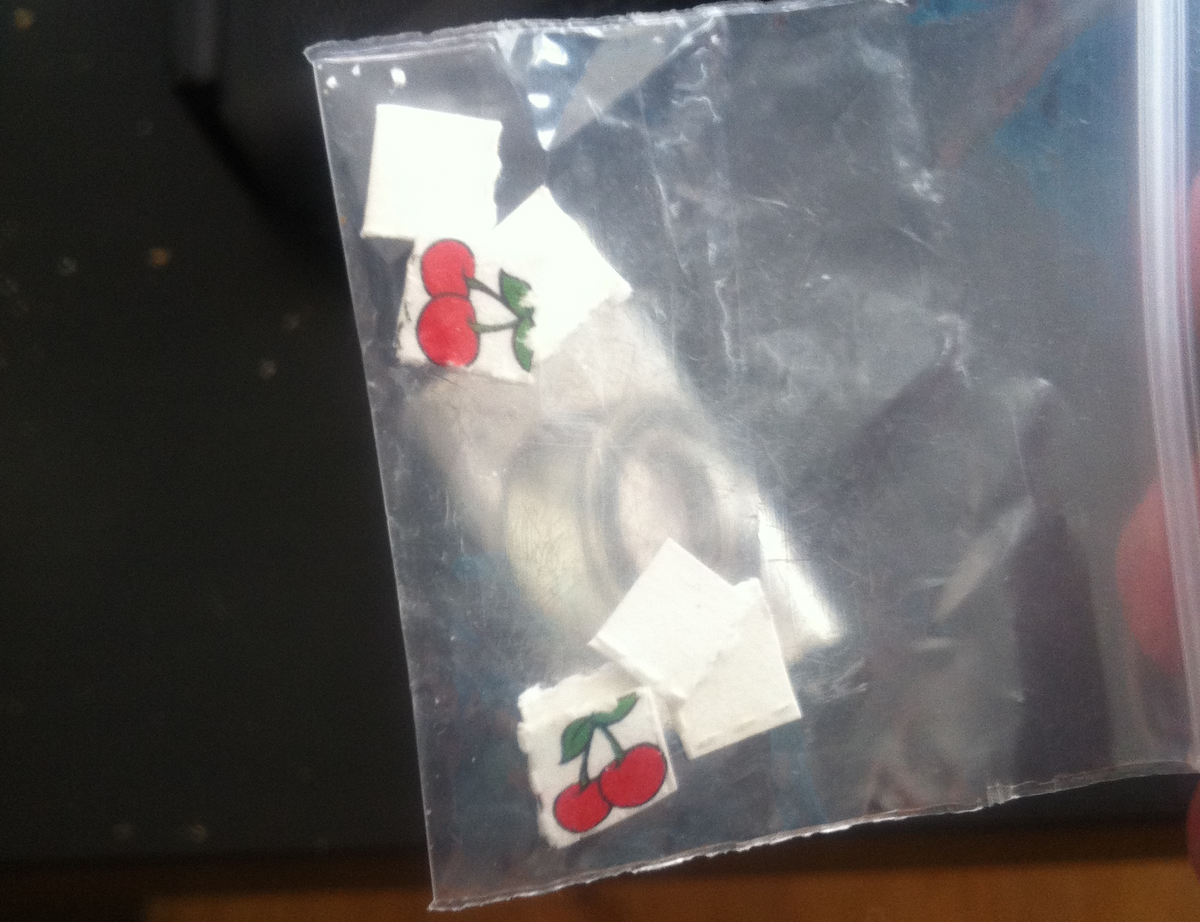
Recreational use prevalence (2015): 1.07 percent
Drug category: Hallucinogen
DEA Schedule: I
Common forms: Tablet, capsule, liquid, paper
#9. MDMA (Ecstasy/Molly)

Recreational use prevalence (2015): 1.5 percent
Drug category: Hallucinogen
DEA Schedule: I
Common forms: Tablet, capsule, liquid
#8. Alprazolam (Xanax)
Recreational use prevalence (2015): 2.05 percent
Drug category: Tranquilzer
DEA Schedule: IV
Common forms: Pill, capsule, liquid
#7. Oxycodone (OxyContin)

Recreational use prevalence (2015): 2.05 percent
Drug category: Opioid
DEA Schedule: II
Common forms: Capsule, liquid, tablet
#6. Cocaine
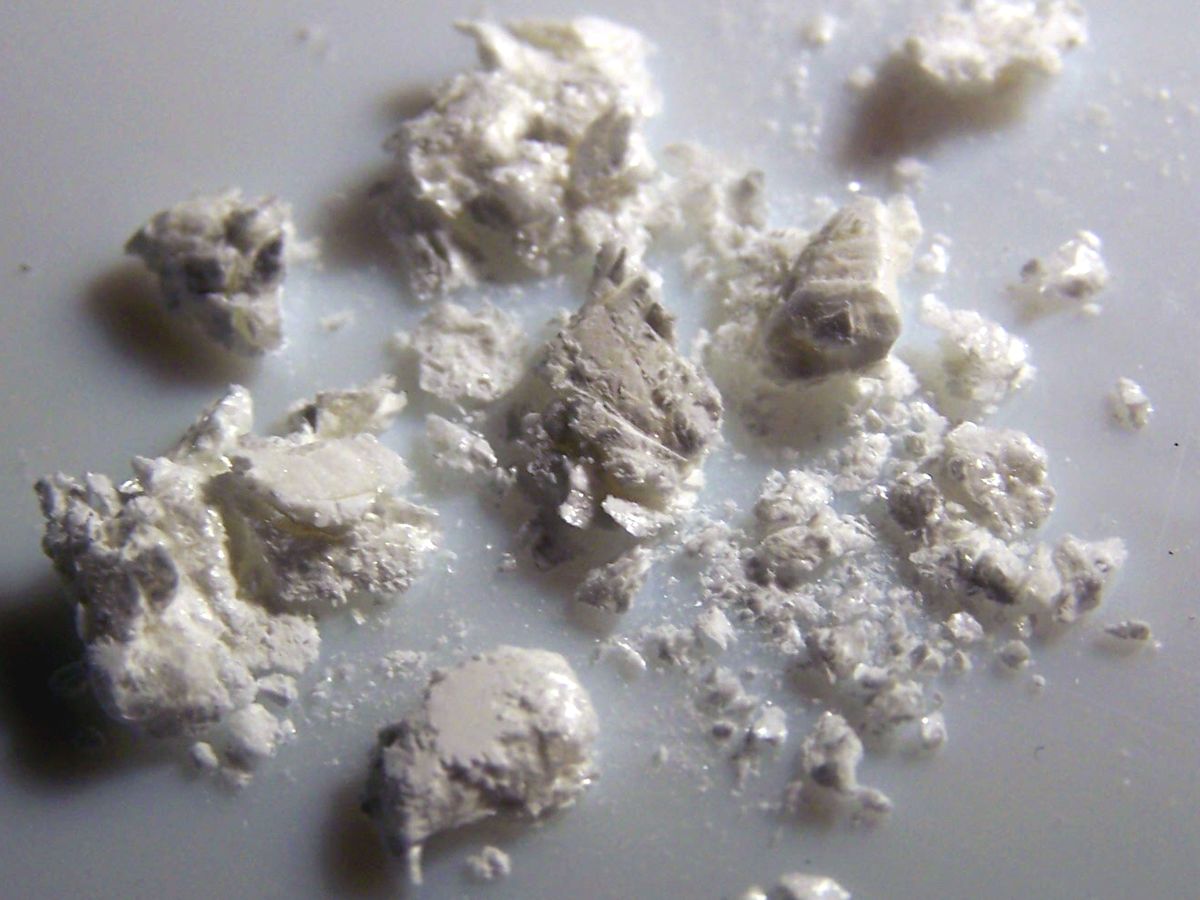
Recreational use prevalence (2015): 2.19 percent
Drug category: Stimulant
DEA Schedule: II
Common forms: Powder, crystal
#5. Amphetamine (Adderall)

Recreational use prevalence (2015): 2.8 percent
Drug category: Stimulant
DEA Schedule: II
Common forms: Tablet, capsule
#4. Hydrocodone (Vicodin)

Recreational use prevalence (2015): 3.17 percent
Drug category: Opioid
DEA Schedule: II
Common forms: Pill
#3. Marijuana

Recreational use prevalence (2015): 17.68 percent
Drug category: Depressant
DEA Schedule: I
Common forms: Plant, resin, oil
#2. Tobacco
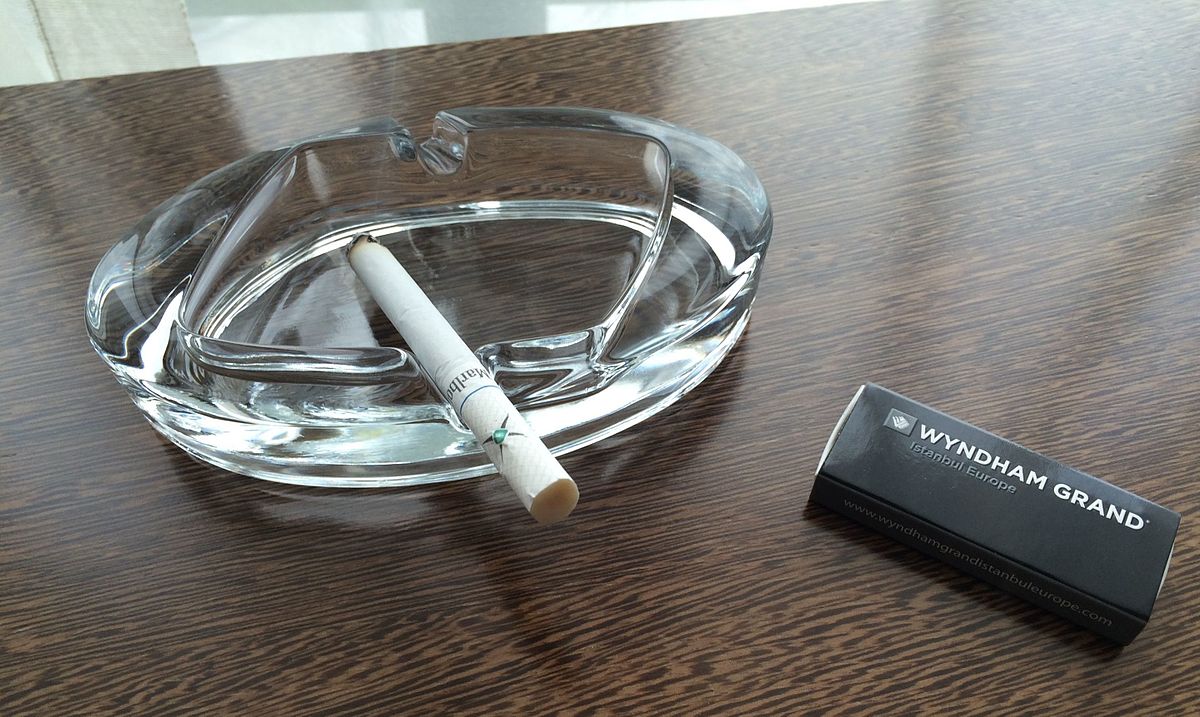
Recreational use prevalence (2015): 31.1 percent
Drug category: Stimulant
DEA Schedule: N/A
Common forms: Cigarette, cigar, bidi, hookah, snuff, chew
#1. Alcohol

Recreational use prevalence (2015): 61.42 percent
Drug category: Depressant
DEA Schedule: N/A
Common forms: Liquid
Reach the writer at 402-473-7237 or lpilger@journalstar.com.
On Twitter @LJSpilger






























